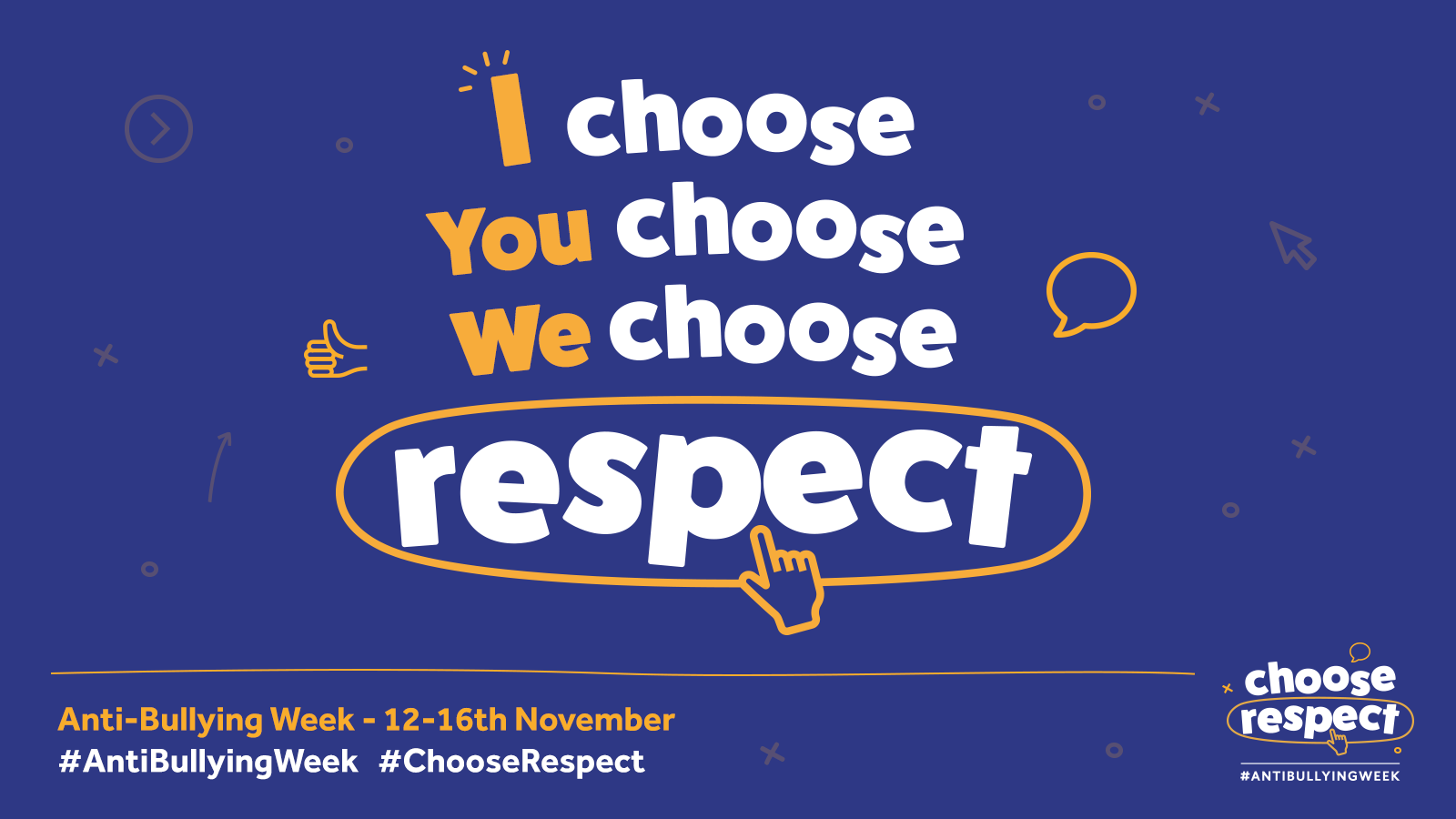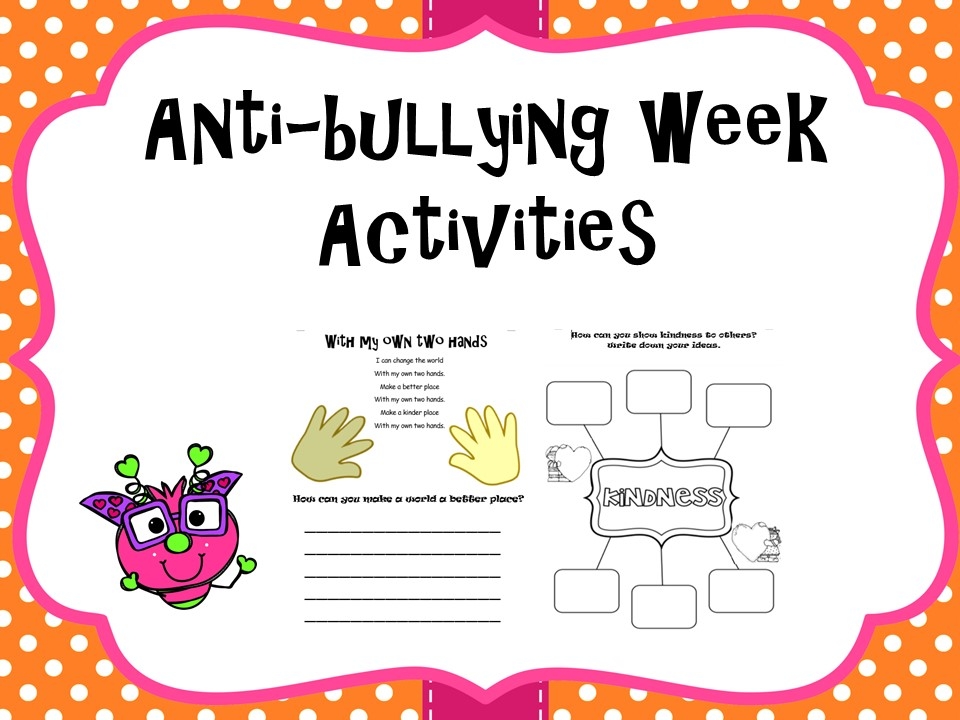When is Anti Bullying week: Meaning, Purpose and Activities
 |
| Anti-Bullying Week. Photo: National Children's Bureau |
What is the purpose of Anti-Bullying Week?
Anti-Bullying Week takes place in England from November 16th to the 20th. This nationwide event is organised by the Anti-Bullying Alliance and is intended to raise awareness of the issue of bullying among children, especially in schools. Children of all ages as well as parents and children are encouraged to get involved in the event and take part in activities that will help to shine a light on the problem of bullying and ways to help resolve the issue.
Parents, carers and teachers will also be asked to play an active role in preventing bullying, with the main focus this time around is demonstrating different ways to support young people and provide an open platform for them to talk about any issues they have with bullying. The main role that carers can provide is creating a safe environment where young people can feel like they are able to talk about their feelings and problems and will receive support, according to Twinkl.
What is Bullying?
For Anti-Bullying Week, it’s important to discuss with children what bullying actually is. This way they can identify it if it happens in class and everyday life, and understand why it is wrong.
Bullying is any deliberate behaviour that is done to hurt or upset someone over an ongoing period of time. As such, it can happen anywhere that there are people, such as schools and places of work. Bullying can be done by an individual or a group of people in many different ways.
This includes Verbal bullying, whereby someone is hurt through vicious words, name-calling or statements.
Physical bullying occurs when perpetrators physically cause harm to another person. Resultantly, bullies can exercise control over another and gain a sense of power. This type of bullying can vary from pushing and shoving to kicking, slapping and punching. This makes it the easiest form of bullying to identify and confront.
In contrast, Cyber Bullying is one of the most challenging forms to see and prevent. When occurring through the Internet, smartphones and social media, perpetrators can remain anonymous, whilst victims could suffer in silence.
Cyber-bullying has no fixed location but instead could occur anywhere, from school property to a child’s home. In a world where social media and the use of smartphones is ever-increasing, cyberbullying deems particular importance for the protection and wellbeing of young children.
Quick Activities for Antibullying Week
These are some quick activities that can be carried out as part of a key stage 2 or 3 PSE lesson or during tutor/whole class sessions. Each activity can be used as a standalone short task, or they can be combined for a longer session. They are designed to explore what bullying is, types of bullying, the feelings involved in a bullying incident, and to aid students in thinking about who they can turn to for support. Each activity should promote discussion, as said by SchoolBeat.
Each activity comes with some suggestions, but you can just as easily use your own examples or get the students to think up some of their own. I have included examples that can be printed or photocopied at the end. Let see some quick activities for Antibullying Week.
 |
| Activities for Antibullying Week. Photo: Tes |
1. Agree or disagree?
Draw a line on the floor, real or imaginary, and place the words Agree and Disagree at the opposite ends.
Have ready a bank of statements that are read out to the class and ask the students to position themselves on the line as to whether they agree or disagree with the statement.
Ask pupils to volunteer their reasons for their choice, they are allowed to move along the line if they are persuaded by other people’s opinions.
Here are some suggested statements to get you started, but you can also make up your own to suit your own settings or to address particular issues:
- Spreading rumours about someone is bullying
- It’s their fault for not standing up for themselves
- Bullying doesn’t happen in my class/school
- Boys bully more than girls
- Forwarding pictures or texts that upset people is bullying
2. Types of bullying
This is a group activity. Divide the class into groups and give each group a set of cards with examples of bullying behaviours.
Ask each group to put the cards in order, starting with the most serious at the top.
When each group have ordered their cards, compare the results and discuss the reasons for their choices.
The activity should highlight that although there are many types of bullying, all are serious Statements; here are a few examples, but you can use your own if you prefer:
- Being called fat/skinny
- Making racist remarks
- Hiding someone’s bag
- Tripping someone up in the corridor as they pass
- Sending on an inappropriate photo via email or text that you have received
- Someone saying nasty things about members of your family
- Being laughed at
- Not being included for team games or sports
- Being called gay or homo
- Being pressurized into doing something you don’t want to do
- Having your trousers pulled down
3. Who are you?
Print out the following scenario and ask pupils to identify the different roles that the characters play.
It is break time and Chloe is looking for her money to buy some snacks, Jade walks past and picks up Chloe’s bag and “accidentally” empties it on the floor, saying to Chloe “you’d better pick that up before someone breaks something” and then stands on Chloe’s mobile phone, saying “oops – sorry didn’t see that there”. Jo notices that Chloe is upset, and tries to help her pick up her belongings, Nadine who is standing by Jade, says to Jo “Aw! Feeling sorry for teachers pet are we?Better mind your manners or you might be sorry”. Jo gets up and walks away.
A group of Chloe and Jades classmates have watched what is going on, but decide not to intervene. Mrs. Evans comes across and asks what is going on, Jade and Jo make a show of helping Chloe to put her belongings back in the bag, and asking Chloe if she is OK. Chloe tells Mrs. Evans that everything is fine.
Ask the students to identify the following roles:
- The bully/ies
- The victim
- The bystanders
Ask them what feelings each of the characters might be feeling, and then to describe what could be done differently.
| Facts on Bullying: With the following facts, you could demonstrate the everyday prevalence of bullying with your class for this year’s Anti-Bullying Week. - Before the age of 18, 45% of young people have experienced some sort of bullying. - Over 16,000 children reject going to school because of bullying. - 7/10 people from age 13-22 have experienced cyberbullying. |
 | What is Inaugural Address of the President of the United States? U.S Presidents deliver their Inaugural Address on the West Front of the Capitol, but this has not always been the case. Until Andrew Jackson’s first ... |
 | What is the tallest outdoor elevator in the world? With the highest outdoor elevator in the world, travellers are able to marvel at the unique rock formations in the Wulingyuan region of the Zhangjiajie ... |
 | Who is Jo Jorgensen - nominee running for U.S President 2020? What do you know about Jo Jorgensen, the Libertarian nominee running for President 2020? How did she start her journey to become a Libertarian political ... |























